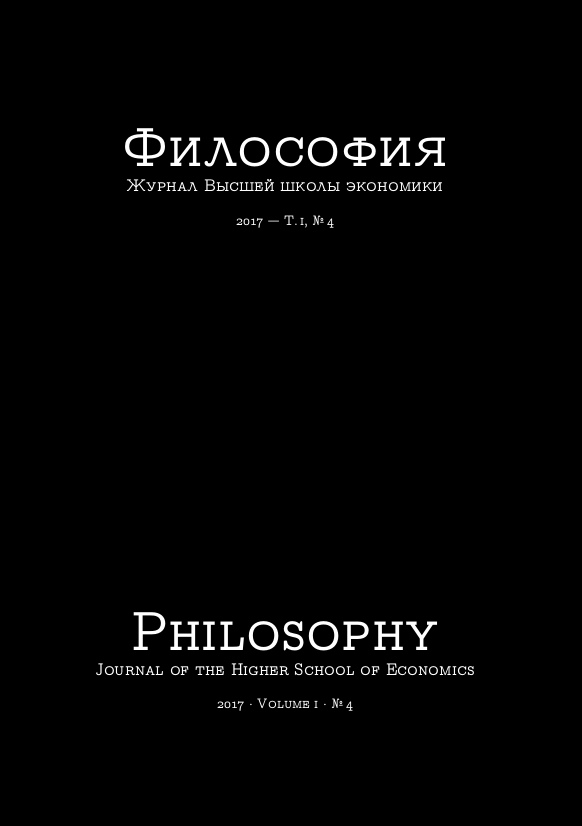Pierce and the Liar's Paradox
Abstract
The liar paradox is a well-known logical and philosophical paradox, yet it has always been a tough call for professional philosophers, and it played a critical role in the history of philosophy, logic, and even mathematics. I examine the works of the founder of pragmatism Charles Sanders Peirce and his approaches to this problem, and try to reconstruct the evolution of his views on this issue. We may approach the proposition "This proposition is not true" from three points of view: its meaning, its truth value and its significance. The earliest Peirce's approach focuses on the meaning and truth value. He argues that the proposition "This proposition is not true" is meaningless and at the same time both true and not true. He introduces this way of reasoning in the 1865 in his Harvard lectures on the logic of science. His second approach was presented in the article "Grounds of Validity of the Laws of Logic: Further Consequences of Four Incapacities", published in 1869. He rejected his earlier account and based a novel solution in truth value on a Scholastic philosopher Paul of Venice's statement that every proposition asserts its own truth. Thus, the proposition "This proposition is not true" implies assertion of its own truth and at the same time says that it is not true; ergo it is false inasmuch it is self-contradictory. In 1903 Peirce rejected this approach because for any proposition it is true that it is not equivalent to proposition "I assert this proposition". Peirce has never presented a third solution of the liar paradox, but there are three issues closely connected with the topic: Russell-Peirce connection, Peirce mature theory of truth, which may propose a way to solve the liar paradox focusing on its significance, and Peirce's development of triadic logic. I discuss them in the second part of the article.






